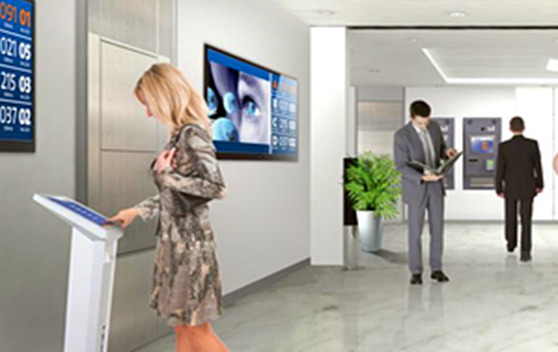Last Updated on March 21, 2024 by admin
A traditional system of numbers on a docket is outdated and wastes time. Visitors and employees don’t know who’s coming up the docket, and paperwork snafus waste valuable time. Plus, nobody likes to be turned away. Queue management systems are cost-effective, easy to implement, and can drastically improve your customer experience.
Customer Queue Management System:
Using a queue management solution is an effective way to improve customer satisfaction, streamline processes, and reduce wait times. It can also decrease paperwork and boost productivity. A queue management solutions should be adaptable to accommodate various sorts of clients. It should provide information on both walk-in and scheduled visitors, and should handle cancellations and appointments. Finally, it should be easy to use. Ideally, a QMS should support multiple channels, including online and in-store.
Customers today are more likely to make online purchases than in-store purchases, which means that retailers must become more organized to attract and retain customers. With a queue management solution, retailers can optimize the experience for their customers. It can increase customer loyalty and turn in-store visitors into returning customers.
A modern queue management system has many benefits, including the ability to measure the performance of employees and customers. The software’s dashboard can be customized to meet individual requirements. The ability to collect data about employee performance can help employees and managers improve their service to customers. The software also provides different reports, including KPIs (key performance indicators).
How to Create a Profitable Queuing System?
An intelligent queue management system can help businesses increase their revenue by increasing up and cross-selling opportunities. While waiting, people often focus on their surroundings, making them more likely to make impulse purchases. A queue management system can help vendors deliver appealing products to these clients. This can increase their profits and improve the quality of customer service. Moreover, customers will feel more appreciated and satisfied when a queue management system is in place.
A standard Queuing solution includes a kiosk with LED screens for display, an operator terminal application, audio pieces, and a queue management system. The software is designed to handle hundreds of customers per day and has several dedicated staff. It also helps you track the cost of transactions, wait times, and customer satisfaction. A system like this will save time for employees and customers. With Queuing, you can see exactly where to focus your time and resources.

Importance of Queuing System:
Optimizing the performance of healthcare facilities and services can be done with the help of queue management solutions. These solutions help to distribute the workload among staff members and optimize enterprise costs. They also help to improve customer experience by tracking errors in the process of work. In addition, some queue management solutions include digital signage and visitor management functionality. They can also be used to manage patient appointments, check-in, reception, triage, and interactions.
When choosing a queue management solution, it is important to consider two factors: the number of channels and the number of phases. In other words, how many stations and steps are required to provide full service to customers? A single-channel, single-phase queue management solution works best for businesses where there are just a few customers and a single server. But in a multi-channel, multi-phase queue management system, different counters are required for different services.
A proper queue management solution can help you optimize your customer experience. These solutions can access customer surveys and on-site data, giving you a holistic view of your customers’ needs. By combining the functions of various tools, these solutions can help you better manage customer wait times and increase your customer retention.
Conclusion:
Real-time monitoring: The system should be able to provide real-time monitoring and alerts about queue progress. It should also be capable of tracking customer movement in further branches and areas. This will allow you to implement new processes faster and deliver a consistent customer service strategy across all locations. It should also support multiple channels – appointment, walk-in, and cancellations – and it should allow for the integration of third-party features.

















